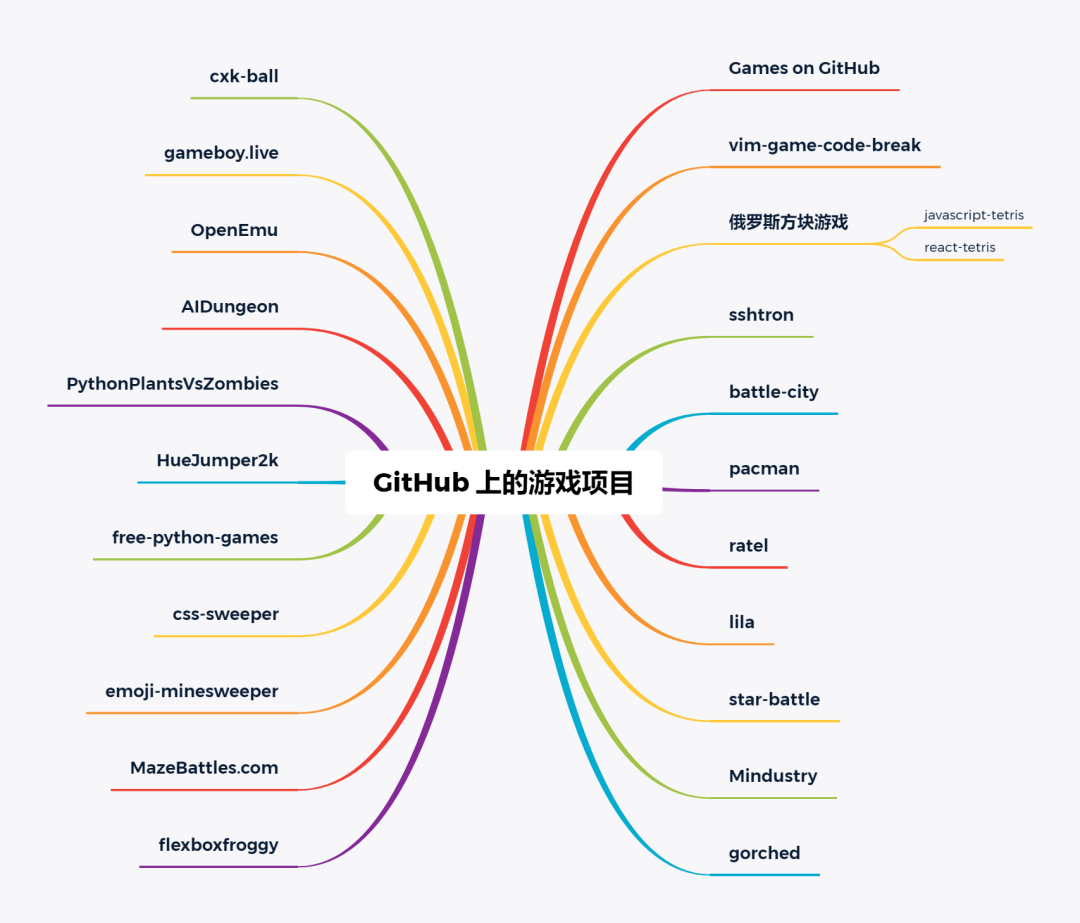Currently i am using XElement for parsing XML and read each node which required by application.
Now i want to read XML by using System.Configuration.Is this possible, what i think.My config.xml have not any configuration section.It just plain XML.
<?xml version="1.0" encoding="utf-8" ?>
<ConfigSetting>
<!--The reports name which needs to be changed in to tethystrader db created on the fly.-->
<ReportsName value="Tethys_Price_report,Tethys_Liquidity_report,Tethys_Liquidity_report_option"/>
<MasterConnectionSetting connectionString="Data Source=NDI-LAP-262\SQL2008R2;Initial Catalog=master;UID=sa;pwd=Brick@123;" />
<!--Create db for check Liquidityreport/execta daily scenario-->
<Setup scenario="LIQ" outputFilePath="..\..\..\..\..\..\Branch_3.2.5">
<ServerSetting>
<ConnectionSetting component="RGTestToolDB" connectionString="server=NDI-LAP-262\SQL2008R2;integrated security=SSPI;uid=sa;pwd=Brick@123;database=~;Connection Timeout=1;" />
<ConnectionSetting component="TethysTrader" connectionString="server=NDI-LAP-262\SQL2008R2;integrated security=SSPI;uid=sa;pwd=Brick@123;database=~;Connection Timeout=1;" />
<ConnectionSetting component="TethysCommonDB" connectionString="server=NDI-LAP-262\SQL2008R2;integrated security=SSPI;uid=sa;pwd=Brick@123;database=~;Connection Timeout=1;" />
</ServerSetting>
<DB component="TethysTrader">
<cabfile path="Output\TethysTrader.cab" />
<cabfile path="Output\TethysTrader-RG.cab" />
<object tablename="order_msgs" file="TethysTraderDB\order_msgs.csv" />
<object tablename="order_msgs_incoming" file="TethysTraderDB\order_msgs_incoming.csv" />
</DB>
</Setup>
</ConfigSetting>
Please suggest.

